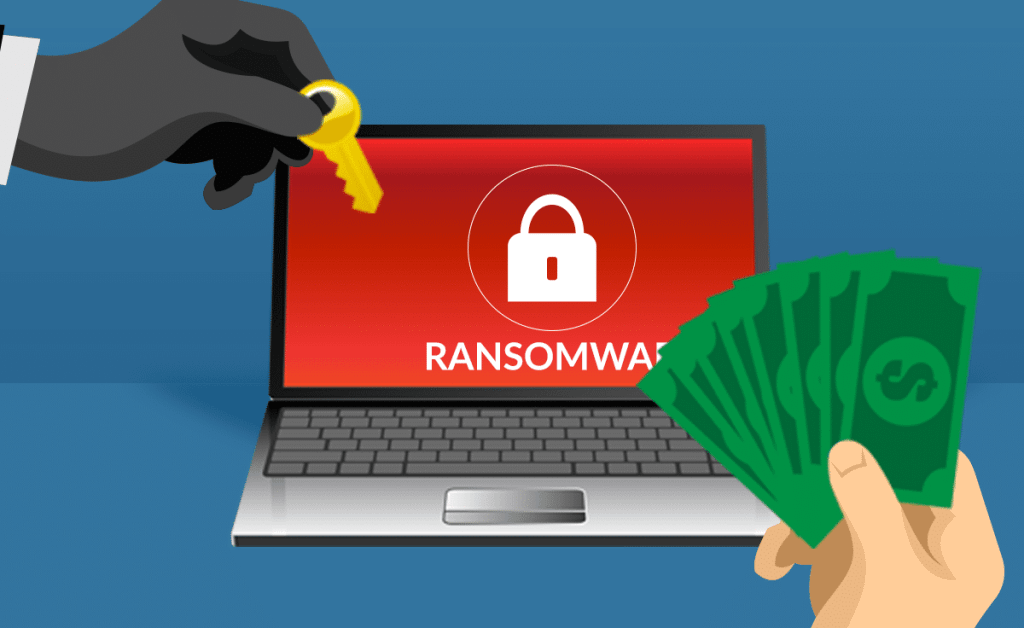How Ransomware Affects SSD Removable Storage Devices
Please Share this Post
Can a ransomware attack an external SSD inserted in a computer?
Yes, a ransomware attack can indeed affect an external SSD (Solid State Drive) that is connected to a computer. Ransomware typically targets all accessible drives on a system, including internal and external storage devices. When ransomware infects a computer, it seeks out files to encrypt, regardless of whether those files are located on the internal hard drive or an external storage device such as an SSD.
If an external SSD is connected to a computer that becomes infected with ransomware, the files stored on that external SSD are at risk of being encrypted by the ransomware. This can lead to the loss of access to those files unless a ransom is paid or unless the files are recovered through other means, such as from backups.
To protect against ransomware attacks, it’s important to take precautions such as:
- Keep Software Updated: Ensure that your operating system, antivirus software, and other applications are up to date with the latest security patches to protect against known vulnerabilities.
- Use Antivirus/Antimalware Software: Install and regularly update reputable antivirus or antimalware software to detect and block ransomware infections.
- Be Cautious with Email and Downloads: Exercise caution when opening email attachments or downloading files from the internet, as these can be vectors for ransomware infections.
- Backup Important Data: Regularly back up your files to an external storage device or cloud service. In the event of a ransomware attack, you can restore your files from backup without needing to pay the ransom.
- Limit User Privileges: Restrict user permissions to prevent unauthorized access to sensitive files and to limit the spread of ransomware in case of infection.
- Disconnect External Drives When Not in Use: Disconnect external storage devices, such as SSDs, when they are not actively being used to reduce the risk of them being infected by ransomware.

By following these best practices, you can help protect your data and reduce the risk of falling victim to a ransomware attack, whether the data is stored on internal or external storage devices.
Leave a Reply